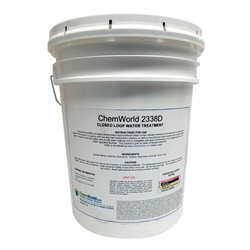@wwu123 not sure I follow how to have the HP-WH inline for just partial heating. The general flow for potable is:
cold in -- boiler -- SuperStor -- faucet
And for heating:
cold in -- boiler -- baseboard
I think what you're suggesting is having the HPWH between the boiler and SuperStor? However, I don't think efficiency-wise lowering the boiler temp makes sense.
To your last point, the HPWH would likely be installed near the boiler and SuperStor.
Mind you, I've never seen a boiler before so just going by basic engineering principles and filling in with your picture, but I believe the flow for heating is a closed-loop system, non-potable, that you sometimes have put anti-freeze in but don't frequently add more water, so basically:
cold in (non-potable) -- boiler -- baseboard -- cold in (back to the boiler)
and there's another closed-loop run to the SuperStor heat exchanger. These are the two black-insulated pipes going in and out the front of your SuperStor:
cold in (non-potable) -- boiler -- SuperStor heat exchanger -- cold in (back to the boiler)
In the back of the SuperStor not visible in the pic, facing the wall , I believe should be a cold-supply line coming in the bottom, and a hot-water line coming out the top going to the faucets. This is the actual potable water flow
cold supply in -- SuperStor water tank -- faucet
and I was suggesting using the HP water heater as a pre-heater
cold supply in -- HP WH -- SuperStor water tank -- faucet
Given the HP water heater would be in the same boiler room, and thinking more about whether it would be efficient or not: my guess is that since it's a large basement with a lot of wall and floor exposure to the earth, if your typical basement temp is about the same as your cold water supply, then your basement is not being overheated by waste heat coming off your boiler. Then the HP would primarily be stealing heat from the basement walls/floor/air, and not just making your boiler work harder. OTOH, if your basement is warm like 70 deg because all this heat is coming off the boiler and pipes, that heat is just being wasted and sucking back into the walls anyways, so maybe better to have the HP water heater steal it in that case too....



